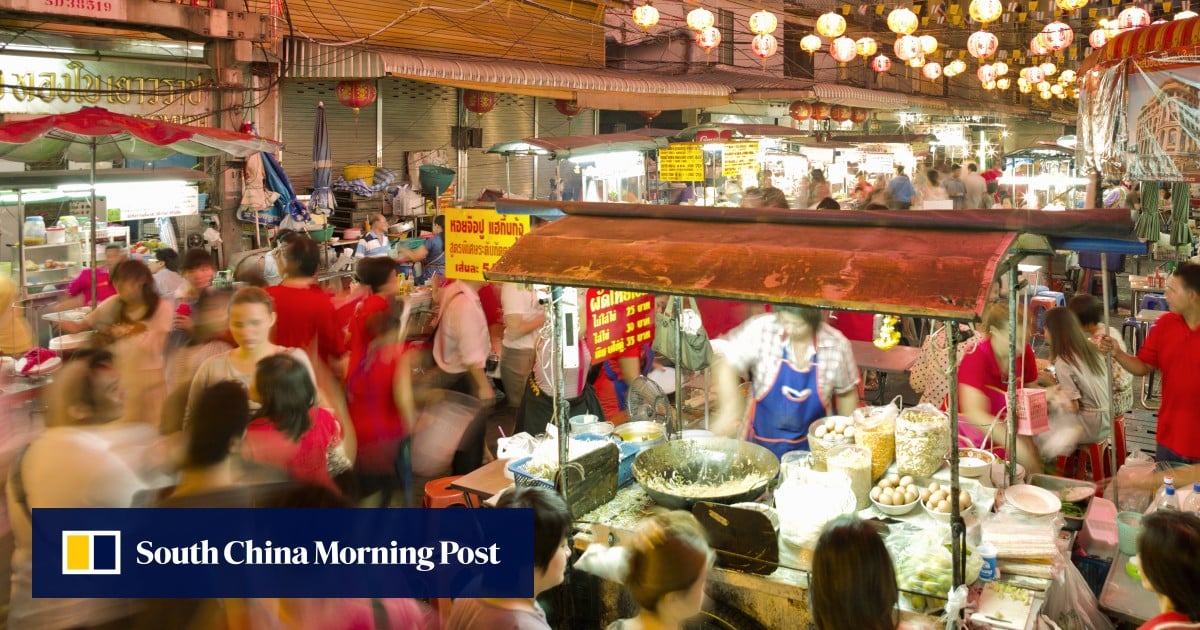They brought their cuisine with them, and set up their own restaurants, often tweaking their dishes for local ingredients and tastes.
By the late ’60s, Chinatown had become the epicentre of London’s Chinese community. And in the ’80s, Gerrard Street was pedestrianised, the Chinese gates were erected and a pavilion was built. Chinatown came to represent the Chinese community of Britain.
‘Drive is to get out’: time to bring the energy back to shrinking US Chinatowns
‘Drive is to get out’: time to bring the energy back to shrinking US Chinatowns
“Southeast Asian cuisines, such as Singaporean, Malay or Filipino, don’t have widespread acceptance in the UK or United States, unlike Chinese food.
“Cantonese food was introduced to the UK by migrants such as my parents and grandparents. Cantonese just happened to be one of the most revered cuisines in China.”
Cantonese cuisine charted the path for Chinese food in Britain, but now new cuisines are continuing that legacy. Since China’s economic reforms of the ’90s and its opening up, a new wave of immigration is taking place.
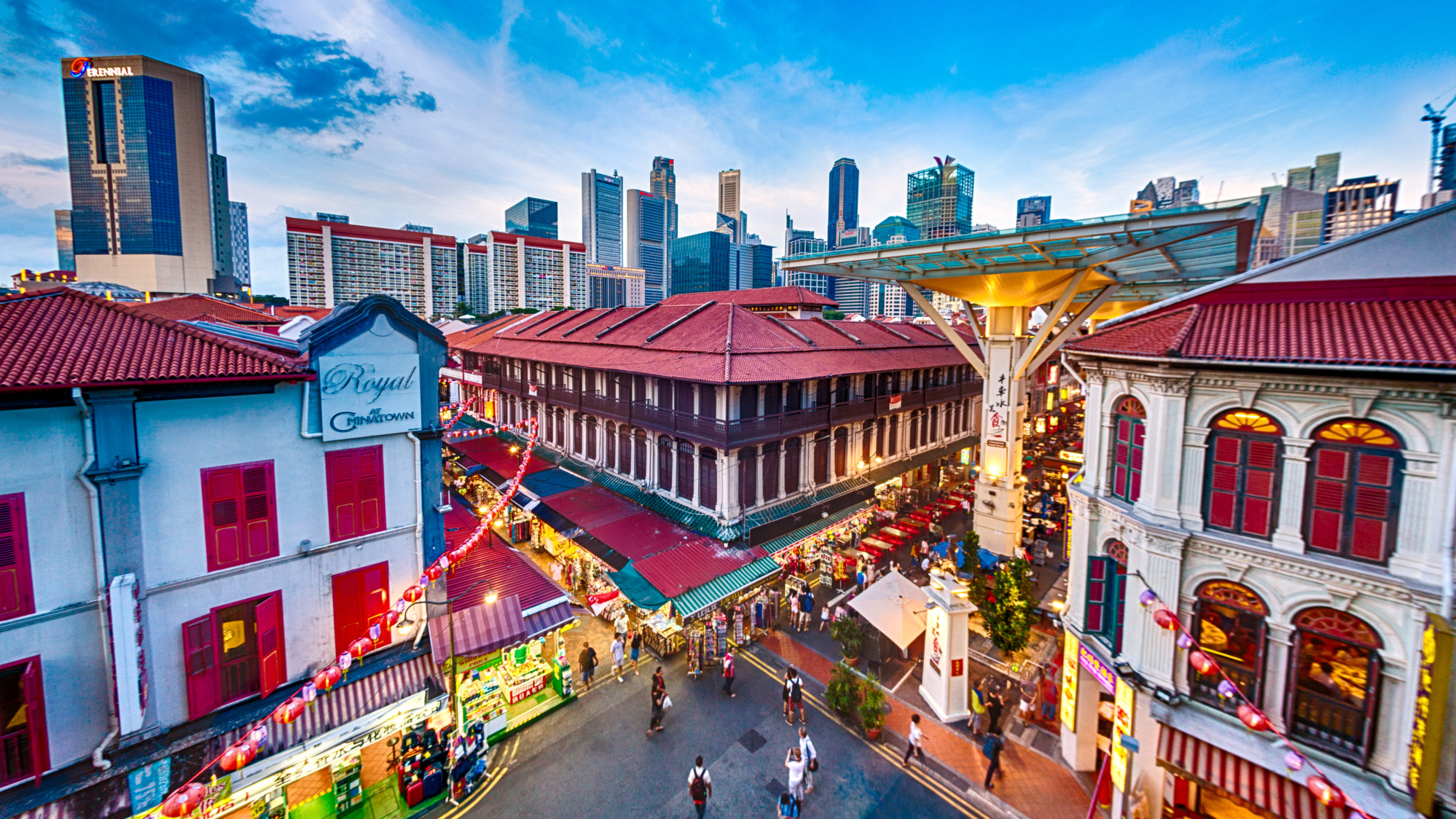
An influx of mainland Chinese students and tourists in recent years is changing the fabric of Chinatown: wanting a taste of home, they flock to Soho’s streets in search of Beijing-style hotpot, Shanghainese sheng jian bao and Chongqing hot and sour noodles.
“Patterns of migration have changed, the economy of China has changed, and China’s interaction with the world has changed,” says Wong. “In the 1970s, no one travelled to mainland [China], but now things are very different. It’s a tiny, globalised world, and getting to Shanghai can be quicker than getting to Scotland.”
The closure of Cantonese restaurants in Chinatown is not a cause of worry for Wong. The popularity and knowledge of Chinese food has increased in Britain, making going for yum cha something embraced by diners far beyond the diaspora.
“I don’t think Cantonese food is struggling more than any other. Chinatown is now not the only place in London to eat Chinese food. Fewer Londoners are going to Chinatown – they don’t see the need to,” says Wong, whose own restaurant is in Pimlico, 3km (two miles) south of Chinatown.
The new generation has a different perception of cuisine … They want traditional taste but a beautiful dish that can be shared on social media
Cheung Siu-kong, chef de cuisine at Summer Pavilion in Singapore
In many other world cities, Chinese food has long permeated beyond the borders of the local Chinatown to become one of the many cuisines that globalised city residents enjoy. In Chinatowns in Asia, borders are even more fluid – not just around what is defined as a “Chinese space” but within the food itself.
In Singapore today, where about three-quarters of the population are ethnic Chinese, Chinatown plays a different role.
Singapore’s Chinatown was originally laid out in the 1822 Master Town Plan by Sir Stamford Raffles, the British colonial administrator who founded the port city. In the plan, the area west of the Singapore River was allocated for a Chinese settlement, known as the Chinese Campong.
Each Chinese community had their own zone: the Cantonese in Temple Street; the Teochews in Carpenter Street, Garden Street and South Canal Road; and the Hokkiens in Telok Ayer and Hokkien streets.
Last of his era: Hong Kong migrant who’s the soul of London’s Chinatown
Last of his era: Hong Kong migrant who’s the soul of London’s Chinatown
Certain areas were also designated for different trades, so each street took on its own identity. As immigration from China increased, the original boundaries of this vibrant and self-contained area expanded.
By the second half of the 20th century, the area had become overcrowded and congested. In 1983, it underwent a major redevelopment, and street hawkers were housed in the Kreta Ayer Complex.
Today, Singapore’s Chinatown functions less as a Chinese enclave and more as a living museum and tourist attraction, according to Cheung Siu-kong, chef de cuisine at Michelin-star Cantonese restaurant Summer Pavilion at The Ritz-Carlton, Millenia Singapore.
Cheung, formerly of Lei Garden Restaurant in Hong Kong, has been in Singapore since 1996.
“People now go to Chinatown to be educated about how Chinese people lived in the past,” says Cheung. “Children go on school trips to the Chinatown Heritage Centre to learn about our culture.”
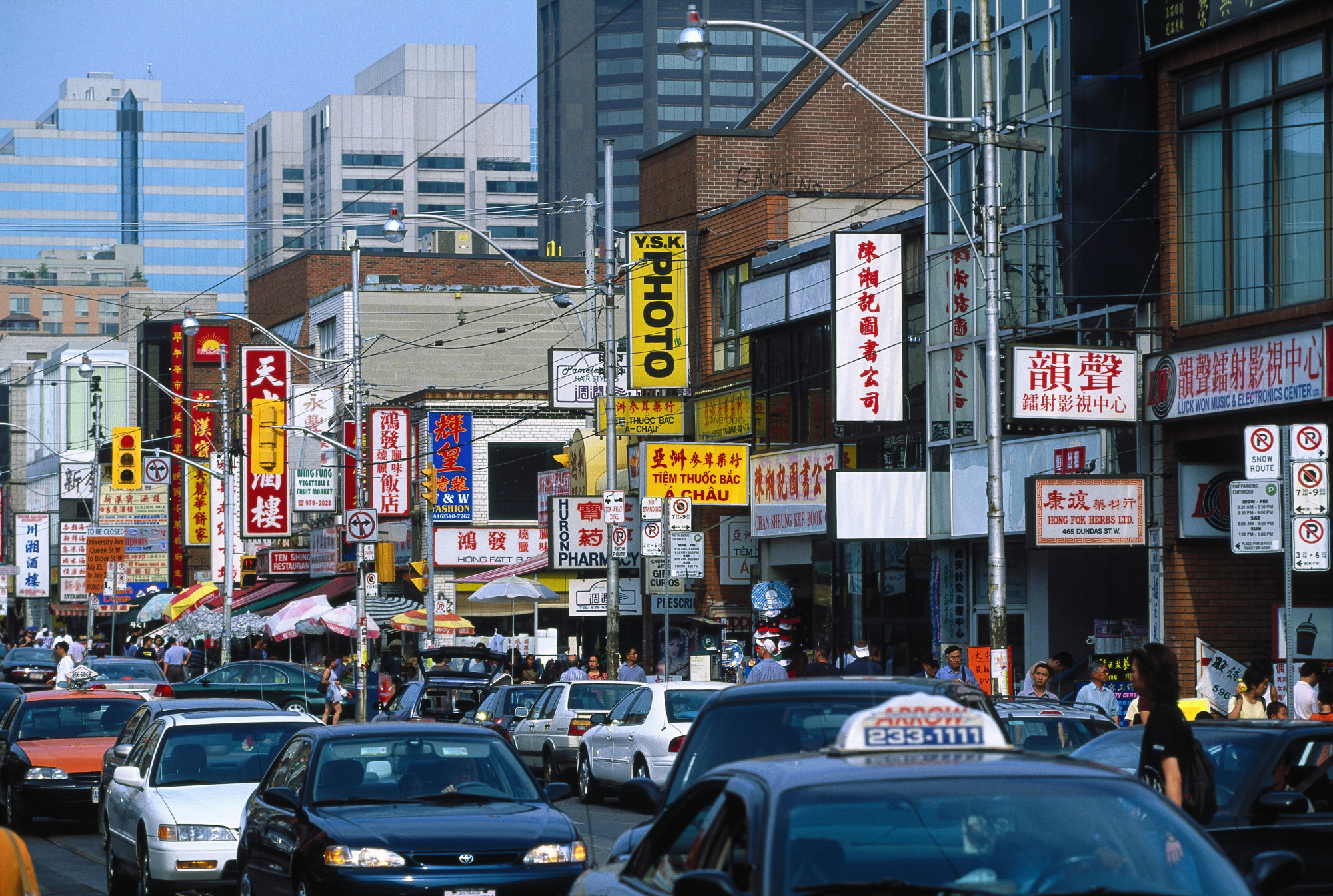
When it comes to dining in Chinatown, he says, the more spicy cuisines have grown in popularity over the past decade.
Some hawkers offer two separate menus: a Malaysian Chinese and a Cantonese. But the line between the two cuisines is blurry; the integration of Cantonese cooking into traditional dishes in Singapore is marked.
Over time, hawkers have adopted the Cantonese method of soaking freshly boiled chicken in iced water to produce a jelly-like silky texture in the skin – known as bak chit gai (“white cut chicken”).
Hainan chicken rice made healthier, but tastes just as good
Hainan chicken rice made healthier, but tastes just as good
Another dish that shows a melange of influences from across Asia, including Cantonese, is Hokkien mee.
The Singaporean version uses round yellow noodles instead of the flat noodles of the Fujian original, and is served with lime and sambal belacan (chilli paste with fermented shrimp), which are Malay ingredients.
Traditional Cantonese has remained less changed when it comes to Chinese fine dining in Singapore. Here, too, though, chefs are evolving the cuisine.
‘Relearn and embrace old ways,’ a champion of Malay food says
‘Relearn and embrace old ways,’ a champion of Malay food says
Cheung sticks to mainly traditional flavours and cooking techniques at Summer Pavilion, although he adjusts the level of seasoning for Singaporean diners, who prefer slightly less salt. The more significant adjustment he has made is in the plating.
“The new generation has a different perception of cuisine,” he says. “They have high expectations, especially when it comes to the plating. They want traditional taste but a beautiful dish that can be shared on social media.”
A starter of sautéed diced pork is artfully arranged on a shiso leaf fried and coated in batter on the underside, while steamed lobster and egg white is topped with spherical balls – “pearls” – of balsamic vinegar and a pretty pink flower.
“While we’re still mainly traditional, we’ve created some new dishes for the new generation,” says Cheung. “With some of them, we ask guests [if they’d prefer] a traditional family plate in the middle of the table or individually plated portions.”
We’ve lost a lot of small Chinese restaurants, those run by the older generation who are now ageing and whose daughters and sons don’t want to carry on the business
Chef Pichaya ‘Pam’ Soontornyanakij, of Potong, Bangkok
In his signature dish of poached lobster rice, he does both: it is served traditionally in a big bowl, then individually portioned by staff tableside to tantalise the senses – “to see, smell and then taste”.
“It started about five years ago, with a renewed appreciation for our traditional architecture and wanting to preserve the buildings, which led to a community of arty people moving in and starting small businesses.”
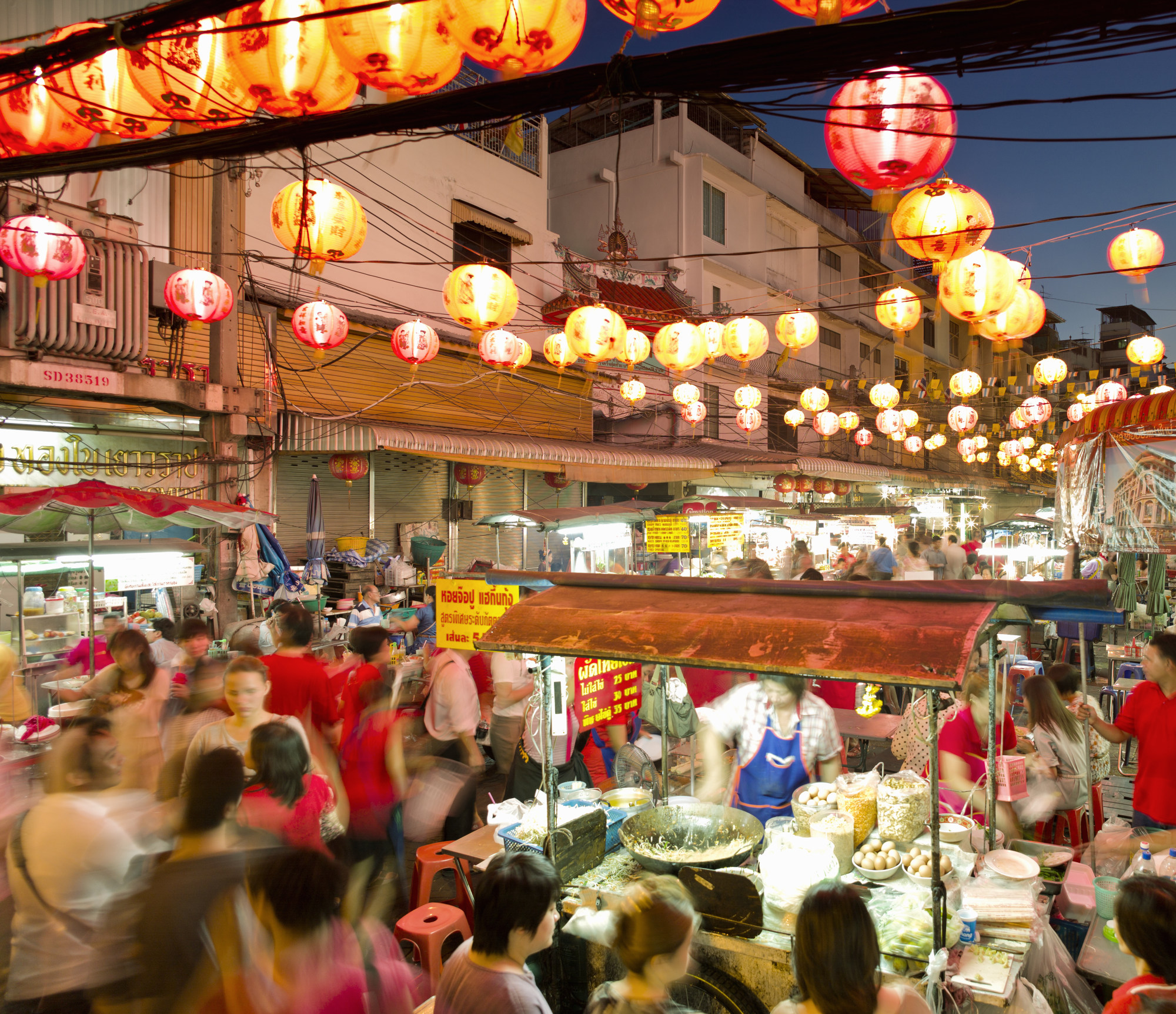
A decade ago the area was dominated by wholesale businesses selling goods such as shoes and bags, but as the market for these products plummeted, the shophouses closed and sat empty. Now, creatively decorated coffee shops and cafes are opening up alongside art galleries.
Initiatives such as Made in Song Wat, an unofficial new-generation business network set up by the husband-and-wife team behind Play Art House, the first gallery on Song Wat Road to promote the area’s art scene, are helping to develop Chinatown’s appeal.
“Yaowarat was the birthplace of street food in Thailand, as it was where the government first legalised cart vendors,” says Pam. “The area was declining for a while, but now is turning around again.”
‘Soft lum lum’? ‘Crispy bok bok’? Her dim sum Cantonese song went viral
‘Soft lum lum’? ‘Crispy bok bok’? Her dim sum Cantonese song went viral
But the evolution comes at a cost. The original Chinese-Thai families living in the area are moving away due to factors such as exorbitant rent and food price increases, overtourism, and changes in trade.
“We’ve lost a lot of small Chinese restaurants, those run by the older generation who are now ageing and whose daughters and sons don’t want to carry on the business,” says Pam. “The older generation are still there, but also the young and hip – it’s quite a contrast but it’s part of the area’s charm.”
While there has been a growing interest in architectural preservation in Bangkok’s Chinatown, and redevelopment has largely (but not entirely) been done with sensitivity, the same cannot be said for Manila.
Spicy food in the Philippines? In Bicol, even the ice cream is fiery
Spicy food in the Philippines? In Bicol, even the ice cream is fiery
“Binondo is still very much a market district as it’s home to the city’s biggest wholesale market, Divisoria. But development pressure is very strong,” says Ivan Man Dy, a third-generation Tsinoy (Chinese-Filipino) who grew up in Binondo and founded Old Manila Walks, a specialist tour outfit that explores Manila’s historic neighbourhoods.
While the cuisines here have reflected the heritage of the historical Hokkien and Cantonese communities, new restaurants are opening up, offering regional Chinese cuisines, especially those of Sichuan and the northwest. This trend is visible across Manila’s metropolitan area, not only in Chinatown.
Sincerity Café, which has served a Hokkien-style menu with items such as oyster omelette and duck noodle soup since 1956, or Wai Ying, established in 1998 and known for its Cantonese specialities such as dim sum, are now competing with Dong Bei Dumpling, which serves northern-style dumplings, and Taiwanese roast meat specialist Shin Ton Yon.
“These newly opened mainland-style restaurants cater to mainland Chinese expats who work in the offshore gaming industry,” says Dy, “while the local Chinese restaurants cater to the local populace – Chinese or otherwise.”
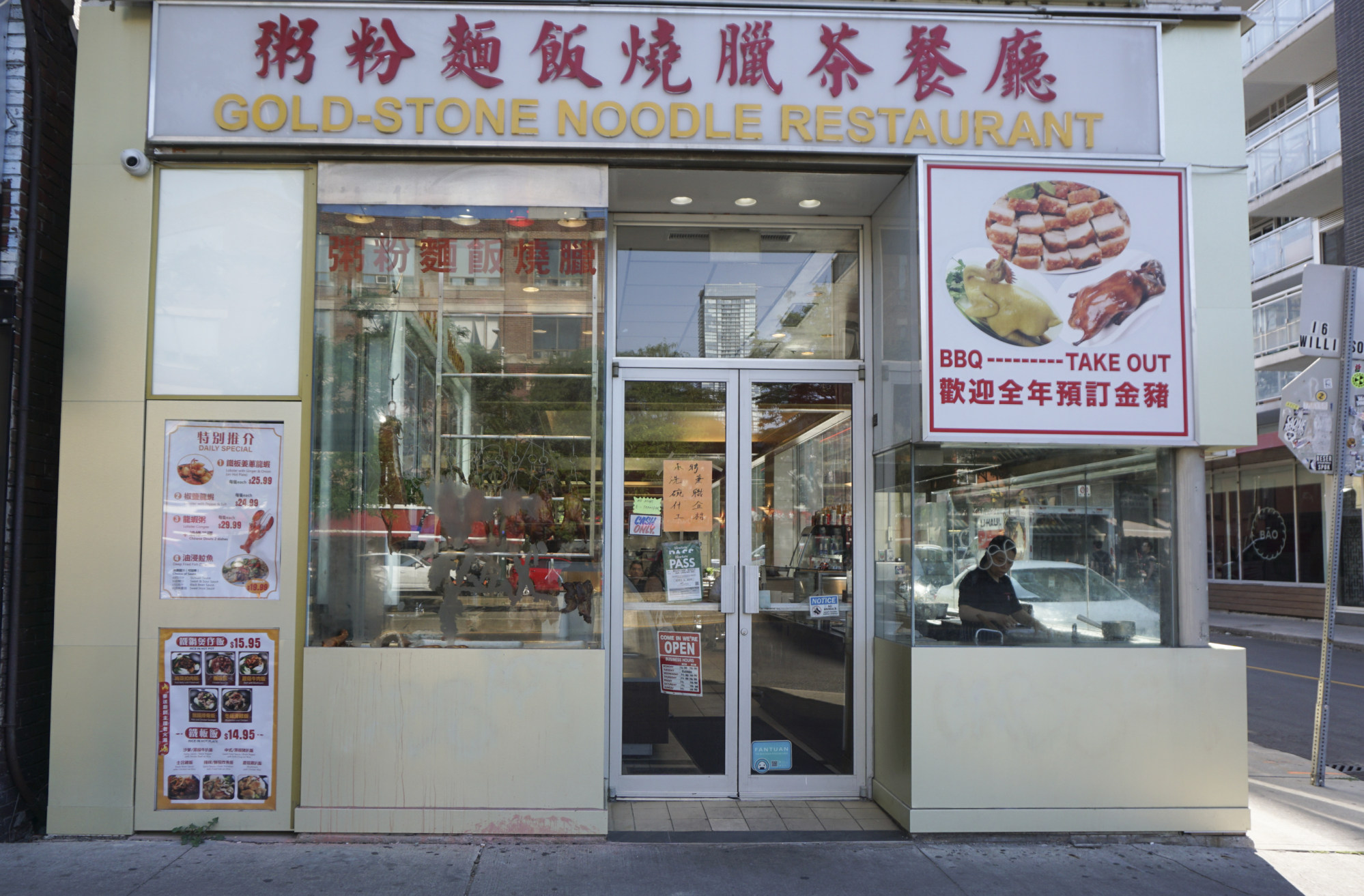
Across the world in Canada, Toronto’s Chinatown is also facing developmental pressure, because of gentrification and diverse businesses moving into the area. These establishments have included Pakistani and Indian restaurants and those serving crowd-pleasing Pan-Asian combinations of dim sum and sushi.
Tonny Louie, owner of Grossman’s Tavern and chair of the Chinatown Business Improvement Area, has seen the food scene here change over the past four decades.
“In years past, it was North American-style Chinese food until the influx of Chinese immigrants from Hong Kong from the mid 1960s to ’70s. From the ’70s, Cantonese-style cooking became the bill of fare for most Chinese restaurants,” he says.
“As a result of the migration of Vietnamese people to Toronto due to the war, the cuisine in Chinatown changed again.”
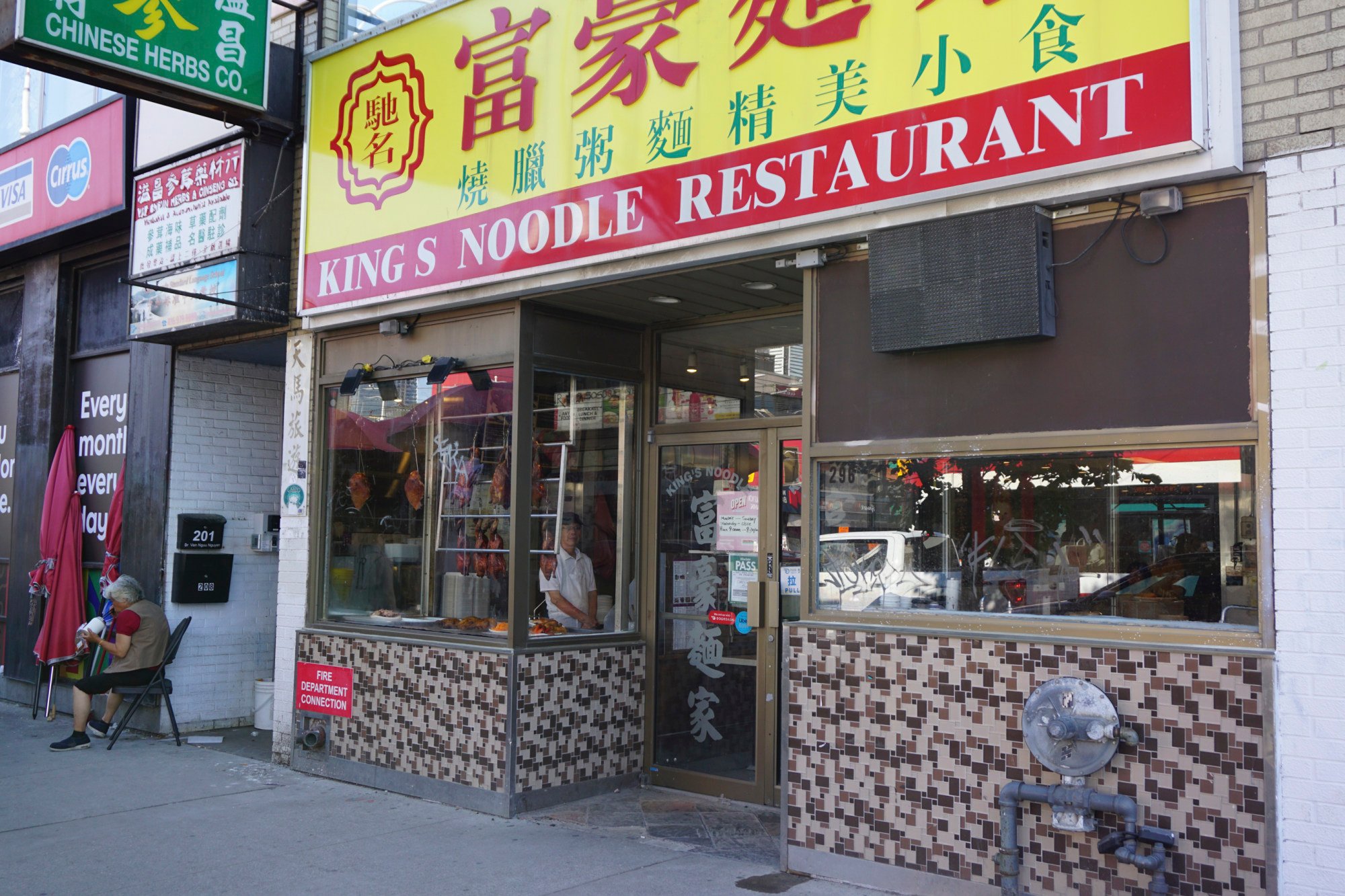
Now, alongside the iconic King’s Noodle, dim sum favourite Rol San, and Swatow, which has been serving no-frills, late-night Chinese food for more than 40 years, big brands have moved in, including fast-food chains Tim Hortons, Burger King and Krispy Kreme.
The choice of cuisines is also much wider, with Korean, Japanese, Indian and Caribbean restaurants serving a more diverse set of diners.
“This has added many changes, in good ways,” says Louie. “However, strengthening Chinese business influence is of major concern to us so we can sustain and preserve Chinatown’s heritage and traditions.”

